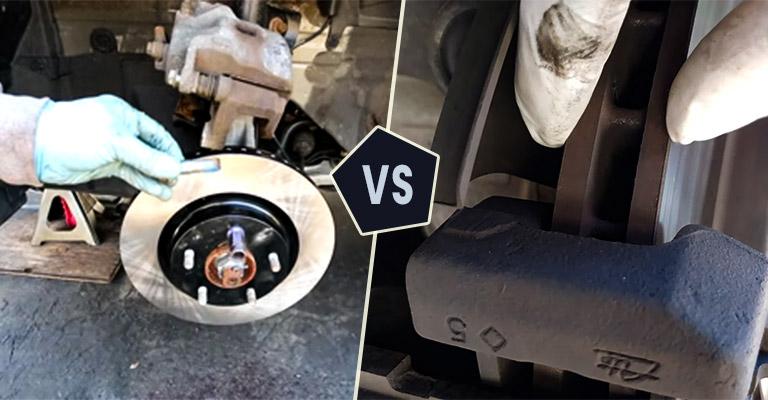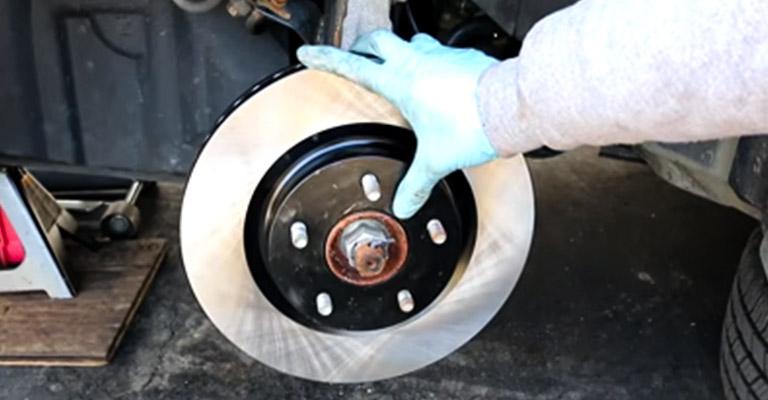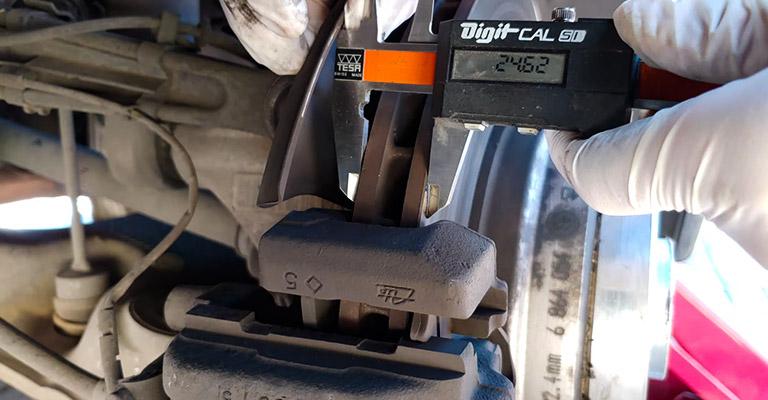There’s a common skepticism about brake discs and rotors among many in one way or the other. Whether the person is a mechanic or somewhat involved in electromechanics, the appropriate term to use is often confounding. Although they refer to the same thing in practice, it’s important to know the basics.

Contents
Brake Disc vs Rotor
Aside from the confusion, the fundamental task of the brake disc and rotor is to rotate. Both do the job of converting one form of energy from one form to another by employing rotation. The difference merely lies in the purpose and how they’re being used.

What Is the Rotor?
Simply put, a rotor is any component of an electrical or mechanical device that rotates. The rotor is usually connected with a shaft which also rotates. The arrangement stretches as the shaft interacts with a non-rotating component known as the stator.
What Is a Brake Disc?
A brake disc is a type of rotor that is among the other components constituting a brake system. More often than not, it’s referred to as a brake rotor with disc shape construction.
These rotors are designed to convert kinetic energy into thermal energy. Although there is another type of brake rotor known as brake drum, it’s not much popular in automobile industries anymore.
Brake discs are made of steel and iron. Inside a systematic arrangement, brake discs, brake pads, and calipers integrate to carry out a car’s braking operation. There are several types of brake discs available in the market such as flat disc, vented disc, drilled disc, slotted or grooved disc, dimpled disc, etc.
What Are the Usages of Brake Disc and Rotor?
The major usage of a rotor is to move the shaft or anything along its axis by producing torque with the help of an external source. For an electromagnetic system, a rotor can be a part of an electric generator, electric motor, or alternator. A rotor can also be the rotating component of any mechanical system such as turbine, brake mechanism, antenna, internal combustion engine, etc.
As for brake discs, just as the name suggests, they are used in brake mechanisms of automobiles and motorbikes. Brake discs work in unison with the brake pads and calipers to halt the wheelers. When the brake is applied, the brake pads latch onto the disc with the aid of the calipers. The friction power generated in the process mitigates the rotation and the vehicle comes to a halt. The rotors absorb and dissipate heat that is generated while braking.
Why Are They Important?
Cutting to the chase, rotors are important in all types of production engineering. Whether they are automobiles, industrial refrigerators, food industries, power generation units, rotors are an integral part of every system that works with energy. Conversion of energy from one form to another would’ve been impossible without rotors.
For safe driving, the importance of brake discs is undeniable. Upon braking, the calipers squeeze the brake pads against the disc generating friction and heat. Without the discs, there’s virtually no feasible way to put a stop to a vehicle. Therefore, it’s pretty evident where this particular component stands in terms of importance.
Why is the Regular Maintenance of These Parts Important?
All types of rotors require proper maintenance and the processes are nearly the same. Rotors are frequently subjected to wear or tear due to continuous motion and generated heat. Without regular maintenance, the production quality is hampered and sometimes dangerous situations may surface. So it’s important to inspect at a regular interval and replace the component when deemed fit.
If you need to change the rotor you can know it by measuring the thickness of the rotor.
Regarding the brake discs, if they are not in top shape, the absorption and dissipation of heat will not be uniform and efficient. This results in a longer stopping length. Moreover, poor disc condition aggravates wear and tear, ultimately reducing the lifespan. That’s why it’s of significant importance to inspect your vehicle’s brake discs and clean them off of anomalies at a regular interval.

Epilogue
To sum it up, the issue of brake disc and rotor is not a major matter to linger over. In automobile and vehicle industries, brake rotors refer to the circular discs as they are more common and efficient than the other types these days. This effort from us should be enough to help you clear any confusion you may have convincingly.

Are brake discs – as opposed to brake pads/linings – considered “normal maintenance” items that are not covered by a manufacturer’s new car warranty?